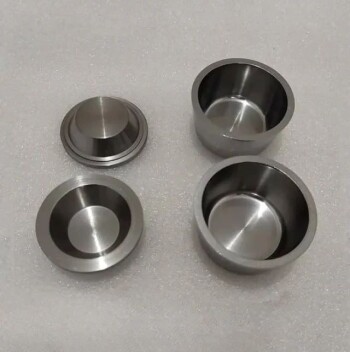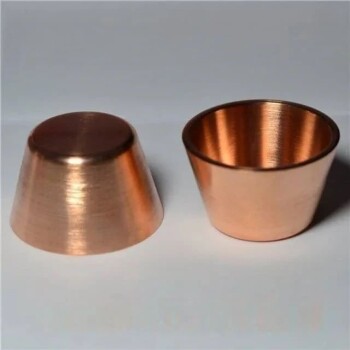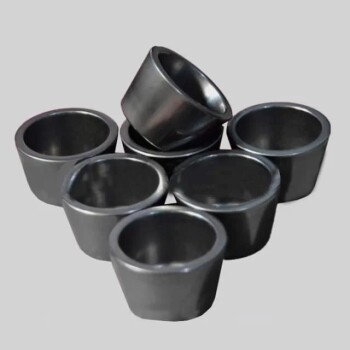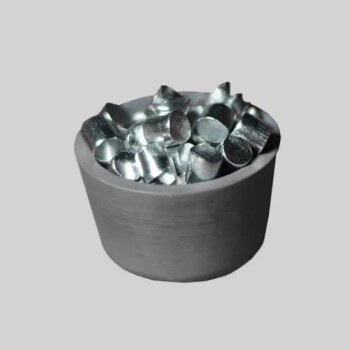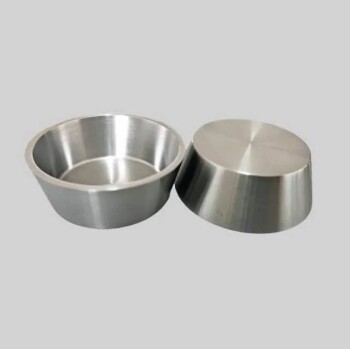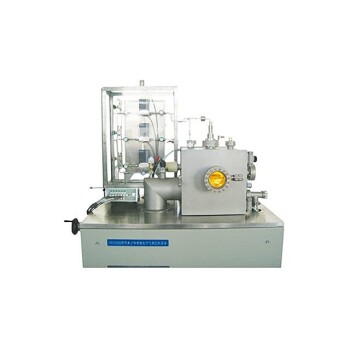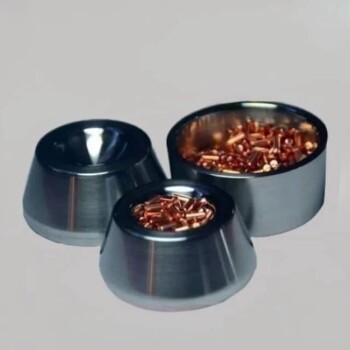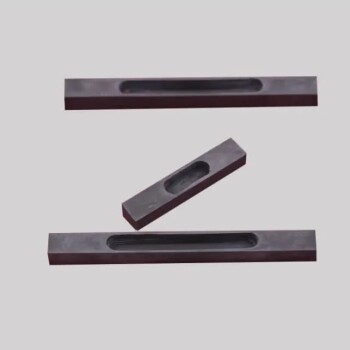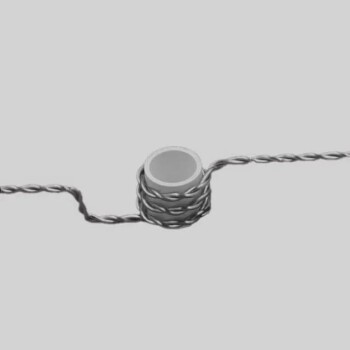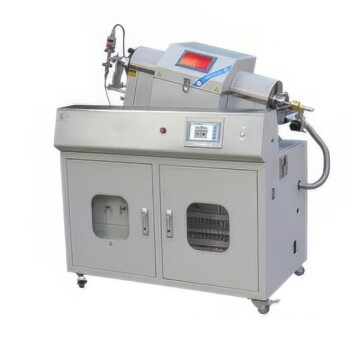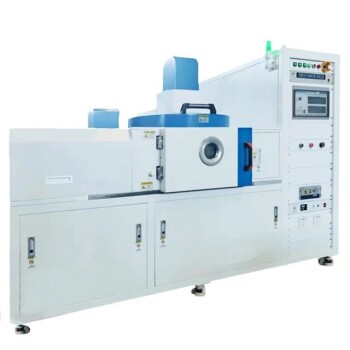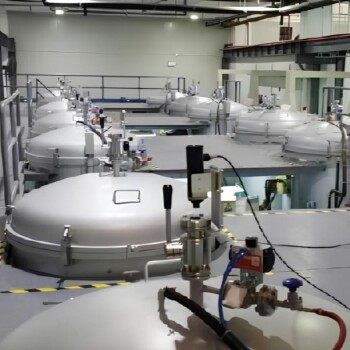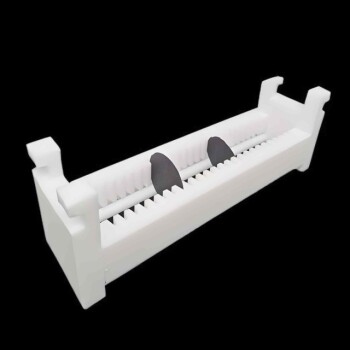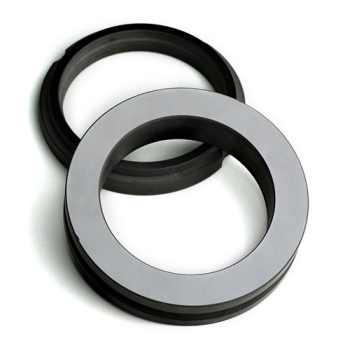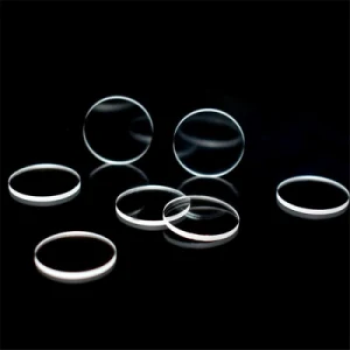Principles of Electron Beam Evaporation Coating
Basic Mechanism
In a high vacuum environment, the coiled tungsten filament is heated, causing it to emit hot electrons. These electrons are then accelerated by the accelerating anode, gaining substantial kinetic energy in the process. Upon reaching the evaporated material, the electrons transfer their kinetic energy into heat, effectively bombarding the material. This energy conversion heats and vaporizes the evaporated material, thereby facilitating the electron beam evaporation coating process.
The high vacuum setting is crucial, as it minimizes collisions between the electrons and residual gas molecules, ensuring that the electrons maintain their kinetic energy until they reach the target material. The efficiency of this process is further enhanced by the precise control of the electron beam's energy and focus, which allows for localized heating and evaporation of the coating material. This method is particularly effective for materials with high melting points, as the concentrated energy of the electron beam can rapidly elevate their temperature to the point of vaporization.
The electron beam evaporation process is a sophisticated mechanism that leverages the principles of energy conversion and vacuum technology to achieve precise and efficient coating of various materials. This technique not only ensures high purity and precision but also enables the coating of materials that are challenging to process using traditional methods.
Components of Electron Beam Evaporation Source
The electron beam evaporation source is a sophisticated system designed to vaporize coating materials with high precision and purity. At its core, the system comprises several critical components:
-
Hot Cathode: This is the primary source of electrons. The hot cathode, typically made from materials like tungsten, is heated to extreme temperatures—often exceeding 2,000 degrees Celsius. This intense heat causes electrons to be emitted from the surface of the cathode.
-
Electron Accelerating Pole: Once emitted, these electrons are accelerated by an electric field created by the accelerating pole. This field imparts significant kinetic energy to the electrons, enabling them to travel at high speeds.
-
Anode: The anode, positioned near the crucible containing the coating material, serves as the target for the accelerated electrons. When the electron beam strikes the anode, the kinetic energy is converted into heat, rapidly heating the coating material to its evaporation point.
-
Crucible: The crucible is a crucial component that holds the coating material. It is typically made from materials like copper or tungsten for lower temperature materials, or technical ceramics for high-temperature applications. The crucible is continuously water-cooled to prevent it from melting and contaminating the coating material.
-
Magnetic Field: Magnets installed near the electron beam source generate a magnetic field that focuses the electrons into a concentrated beam. This focused beam ensures that the energy is directed precisely at the coating material, maximizing efficiency and minimizing energy loss.
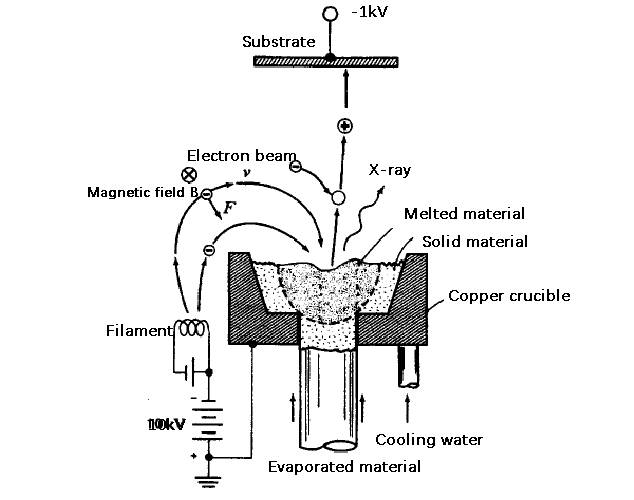
The combination of these components allows the electron beam evaporation source to achieve highly concentrated energy, locally heating the coating material to extreme temperatures and causing it to evaporate. This precise control over the energy distribution ensures that the coating material is vaporized without contamination, leading to high-purity films.
Characteristics of Electron Beam Evaporation Coating
Advantages
-
Enhanced Flux Density: Electron beam evaporation boasts a significantly higher flux density compared to traditional resistance heating methods. This advantage is particularly beneficial for materials with high melting points, as it accelerates the evaporation rate, facilitating the deposition of high-quality films.
-
Superior Purity: The process involves evaporating raw materials into a water-cooled copper crucible. This design not only prevents contamination but also ensures the production of films with exceptionally high purity. The controlled environment minimizes impurities, which is crucial for applications demanding stringent purity standards.
-
Improved Film Quality: The large kinetic energy of the evaporated particles results in enhanced film precision and bonding force. This kinetic energy ensures that the particles adhere more effectively to the substrate, leading to films with superior structural integrity and durability.
Disadvantages
-
Complex Overall Structure and Higher Price: One of the primary drawbacks of electron beam evaporation coating equipment is its intricate design, which often translates to a higher price point compared to alternative coating technologies. The complexity arises from the sophisticated components required, such as the electron gun, accelerating anode, and vacuum systems, each contributing to the overall cost.
-
Interactions Between Electron Beam and Steam Particles: The high steam density in close proximity to the evaporation source can lead to significant interactions between the electron beam flow and the steam particles. These interactions can disrupt the electron flux, potentially triggering the excitation and ionization of vapors and residual gases within the system. Such phenomena can adversely affect the quality of the deposited film, leading to inconsistencies and defects in the final product.
Applications of Electron Beam Evaporation Coating
TiO2 Film Coating
The TiO2 thin film coating process is meticulously executed using the INTEGRITY-39 fully automatic optical coating system, which integrates ion beam assisted electron beam evaporation technology. This advanced system is designed to optimize the deposition parameters, ensuring the highest quality of the TiO2 film. The process begins with the precise control of the electron gun's operating parameters, including voltage and current, which are critical for maintaining the desired energy levels for evaporation. Simultaneously, the vacuum chamber's deposition temperature is closely monitored and regulated to create an optimal environment for film formation.
High purity Ti2O3 and O2 are employed as the primary film materials and reaction gases, respectively. The use of high-purity materials is essential to prevent contamination, which can significantly impact the optical properties of the TiO2 film. The integration of ion beam assistance further enhances the film's structural integrity by promoting better adhesion and reducing defects. This multi-faceted approach ensures that the TiO2 films produced are not only optically superior but also mechanically robust, making them suitable for a wide range of applications in optics and photonics.
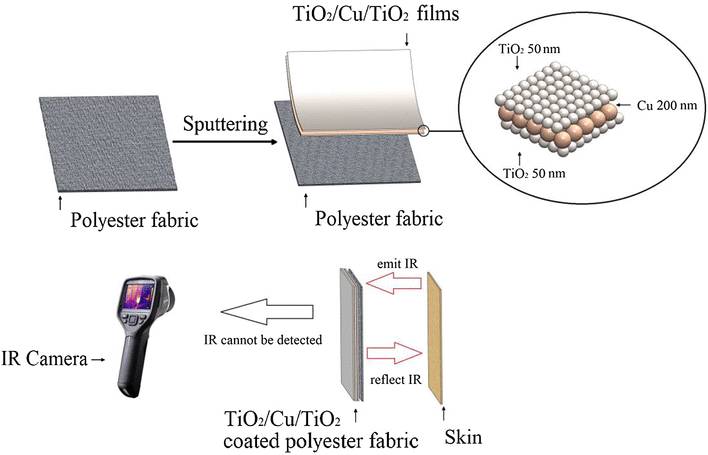
The INTEGRITY-39 system's automation capabilities streamline the coating process, reducing human error and increasing process repeatability. This is particularly important in industries where consistency and precision are paramount, such as in the production of optical filters and solar cells. By fine-tuning the electron beam evaporation parameters and leveraging the ion beam assistance, the system can produce TiO2 films with tailored properties, meeting the specific requirements of various applications.
Spectral Test and Analysis
The spectral properties of TiO2 films were meticulously analyzed using a Lambda900 spectrophotometer. This instrument allowed for precise measurements of the optical spectra, which were subsequently processed using the Macleod software envelope method to determine the refractive index and extinction coefficient. The analysis revealed a nuanced trend in the optical properties of the TiO2 films: as the vacuum level decreased, the refractive index and extinction coefficient initially increased, reaching a peak, and then exhibited a subsequent decline.
This behavior can be attributed to several factors:
- Increased Collisions: Lower vacuum levels lead to higher particle collisions, which can temporarily enhance the optical properties by increasing the density of the film.
- Thermal Effects: The thermal energy in the system can influence the film's structural integrity and optical constants, causing them to fluctuate.
- Material Deposition Dynamics: The manner in which TiO2 particles deposit on the substrate changes with vacuum pressure, affecting the uniformity and optical properties of the film.
| Vacuum Level | Refractive Index | Extinction Coefficient |
|---|---|---|
| High | Low | Low |
| Medium | High | High |
| Low | Medium | Medium |
The observed trend underscores the critical role of vacuum conditions in the electron beam evaporation process, highlighting the need for precise control to achieve optimal film properties.
Component Structure and Maintenance of Electron Beam Evaporation Coating Machine
Component Structure
The electron beam evaporation coating machine is a sophisticated apparatus designed for precision thin film deposition. It comprises three primary subsystems: the control system, the vacuum air circuit system, and the electron gun system. Each of these components plays a crucial role in ensuring the machine's efficiency and effectiveness.
The vacuum air circuit system is integral to maintaining the high-vacuum environment necessary for the evaporation process. This system includes a front stage mechanical pump, which is responsible for initial evacuation, and a high vacuum low temperature pump, which further enhances the vacuum level. The combination of these pumps ensures a stable and optimal vacuum environment, essential for the uniform deposition of thin films.
The electron gun system is the heart of the evaporation source. It consists of an electron gun and a crucible. The electron gun emits a focused beam of electrons that are accelerated to high velocities, providing the necessary kinetic energy to heat and vaporize the coating material. The crucible, typically made of a high-purity, heat-resistant material, holds the coating material and is positioned to receive the electron beam. This setup allows for precise control over the evaporation process, ensuring that the material is vaporized uniformly and efficiently.
In summary, the component structure of the electron beam evaporation coating machine is meticulously designed to facilitate a high-precision, high-efficiency coating process. The integration of advanced control systems, robust vacuum air circuits, and sophisticated electron gun systems ensures that the machine can handle a wide range of coating materials and applications with exceptional accuracy and reliability.
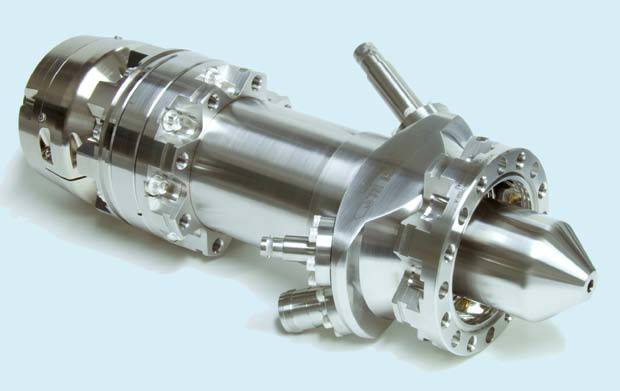
Maintenance Skills
Common faults in electron beam evaporation coating machines include a burnt smell in the vacuum chamber, electron gun malfunctions, and abnormal electron beam current loading. These issues can significantly impact the performance and longevity of the equipment. To address these problems, a systematic maintenance approach is essential.
First, circuit short circuits should be meticulously checked. Short circuits can cause excessive heat and damage to the components, leading to the burnt smell observed in the vacuum chamber. Regular inspections and the use of diagnostic tools can help identify and rectify these issues promptly.
Second, ensuring the proper connection of high-voltage cables is crucial. High-voltage cables are integral to the electron gun system, and any loose or damaged connections can result in malfunctions. Maintenance should include tightening connections and replacing any damaged cables to prevent interruptions in the electron beam process.
Lastly, ground shaking should be verified using a megohmmeter. Ground shaking can cause electrical instability, leading to abnormal electron beam current loading. This step ensures that the electrical grounding is secure and efficient, maintaining the stability of the electron beam and preventing potential hazards.
By addressing these specific maintenance tasks, the reliability and efficiency of electron beam evaporation coating machines can be significantly enhanced.
Related Products
- Electron Beam Evaporation Coating Tungsten Crucible and Molybdenum Crucible for High Temperature Applications
- Electron Beam Evaporation Coating Oxygen-Free Copper Crucible and Evaporation Boat
- High Purity Pure Graphite Crucible for Electron Beam Evaporation
- Electron Beam Evaporation Coating Conductive Boron Nitride Crucible BN Crucible
- E Beam Crucibles Electron Gun Beam Crucible for Evaporation
Related Articles
- Electron Beam Evaporation Coating: Advantages, Disadvantages, and Applications
- Electron Beam Evaporation: Advanced Thin Film Creation
- Selecting Vacuum Coating Materials: Key Factors and Considerations
- A Comparative Study of Evaporation and Sputtering Techniques in Thin Film Deposition
- Exploring the Benefits of Using Tungsten for Furnace Heating

